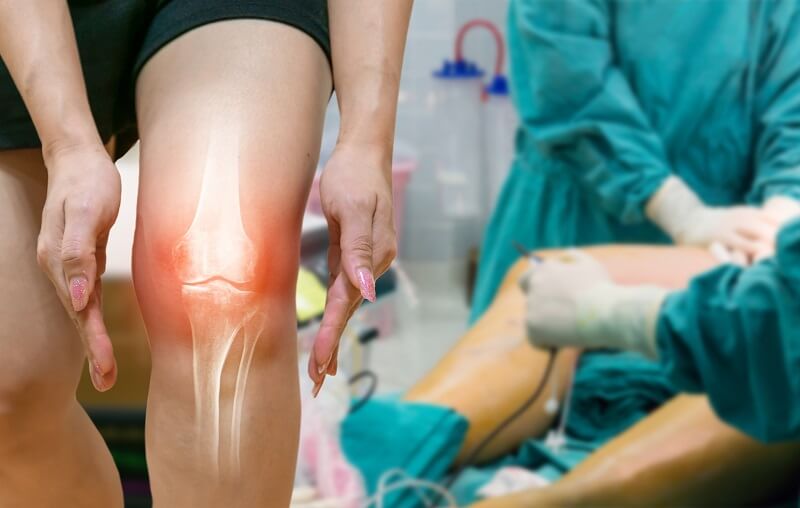SEPTIC ARTHRITIS

General: Septic arthritis, or infectious arthritis, is a serious condition where a microorganism infects a joint. Once an infection develops in the joint, it can cause rapid deterioration of the joint or spread into the bloodstream, causing a widespread life-threatening condition called sepsis (“blood infection”) affecting many organ systems.
Causes: Septic arthritis is typically caused by bacterial infection, but can occur because of fungal and viral infections. Staphylococcus and streptococcus are the most common bacterial causes. Bacteria get into the joint from the bloodstream when an infection or bacterial exposure occurs somewhere else in the body. Sometimes a joint can get infected by spreading from an overlying skin infection. In trauma, with injections, or during surgery, infections can occur when an organism directly enters the joint.
Symptoms: Septic arthritis will usually occur in one joint anywhere in the body, but sometimes several joints may be involved. There is redness, swelling, and severe pain in the affected joint. Patients will usually hold the joint still. Both passive and active movement will be extremely limited because of severe pain, which is a distinguishing feature. There may be fever, and as the infection gets more serious, there may be widespread symptoms related to toxicity in the body.
Dx: Blood testing can confirm infection and inflammation, and can rule out other causes. Joint fluid analysis is extremely helpful. A needle is inserted into the joint, and the fluid is sent to the lab. The cells in the fluid are identified and counted, and the fluid is stored in special dishes for a few days to grow and identify the organism so that appropriate antibiotics can be chosen for treatment. X-rays may be done, usually to rule out other conditions, as there are no distinguishing x-ray findings to help diagnose septic arthritis.
Treatment: Early diagnosis is important so that treatment can start as soon as possible. If septic arthritis is not treated within 48 hours, permanent joint damage can occur. If treatment fails, the joint may suffer permanent damage, and the body will be at risk for widespread infection that can be fatal.
Antibiotics are the main treatment, and are chosen according to the bacteria found or suspected. Patients’ medical history and circumstances will determine the initial treatment strategy. Antibiotics are usually given by IV at first, and then switched to the oral version after a few days, for a total of 4 weeks or longer.
Septic joints usually need to be surgically cleaned out, or at least drained regularly to help the joint heal faster with less damage. Infections in joints that have hardware such as a total joint replacement prosthesis can be very complicated and require long-term treatments.
Other Topics That Interest You


